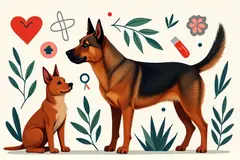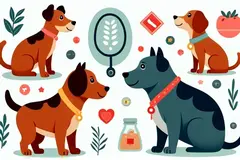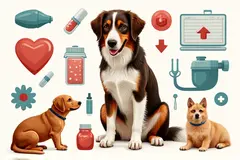 Lack of oxygenated blood flow to the tissues.... ↪ Read more
Lack of oxygenated blood flow to the tissues.... ↪ Read more Veterinary Drug Handbook (VDH) is the reference veterinarians turn to when they want an independent source of information on the drugs that are used in veterinary medicine today.
-
 Is veterinary Liniment Gel safe for humans?
Is veterinary Liniment Gel safe for humans? -
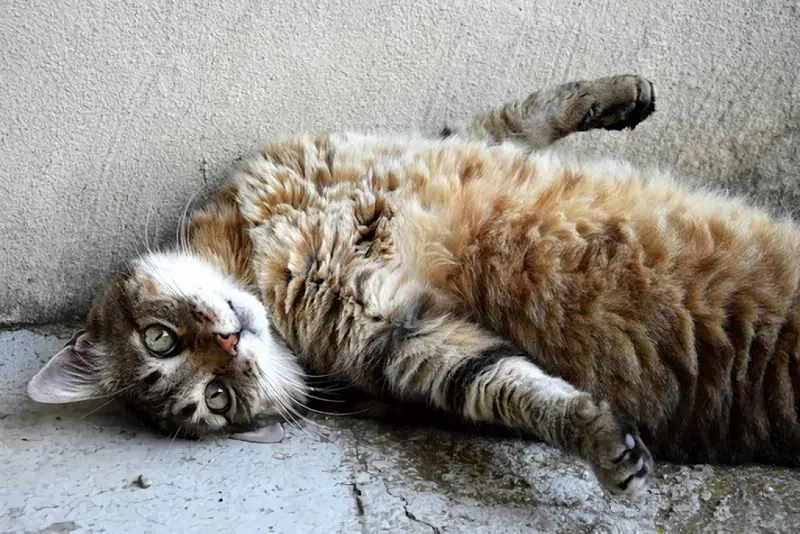 Giving Your Cat A Pill
Giving Your Cat A Pill -
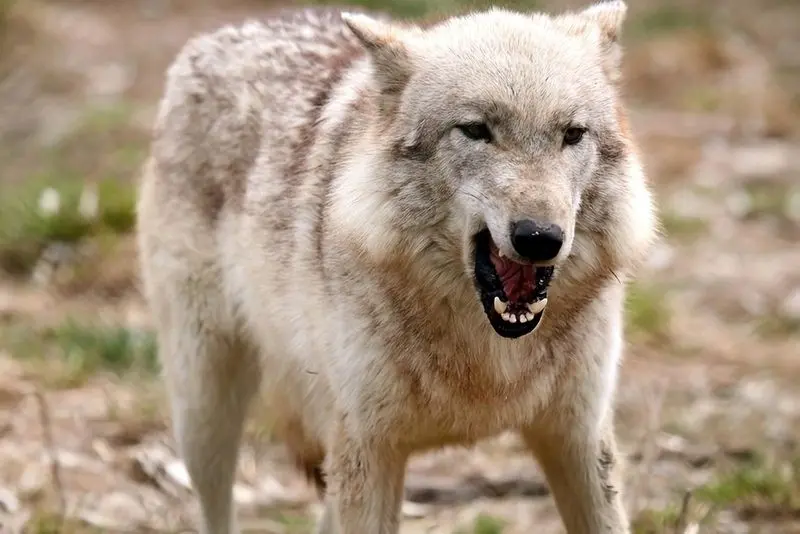 Dog Aggression
Dog Aggression -
 Dogs May Help Boost Infant Health
Dogs May Help Boost Infant Health -
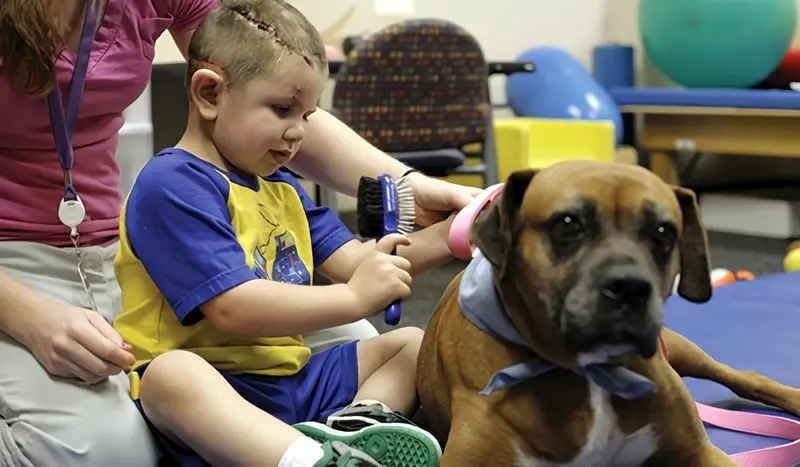 Animal-Assisted Therapy, Veterinary Social Work, & Social Work With People & Pets in Crisis
Animal-Assisted Therapy, Veterinary Social Work, & Social Work With People & Pets in Crisis -
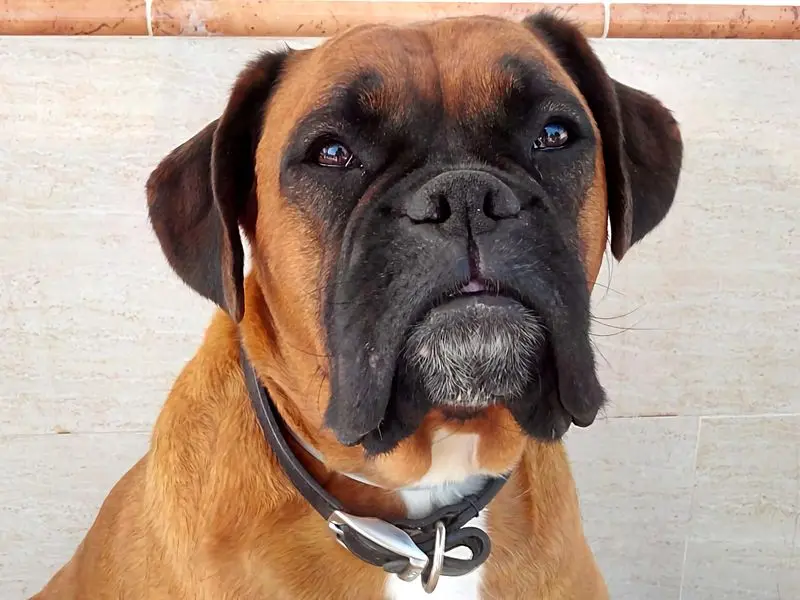 On-demand veterinary service gives advice on poorly pets
On-demand veterinary service gives advice on poorly pets -
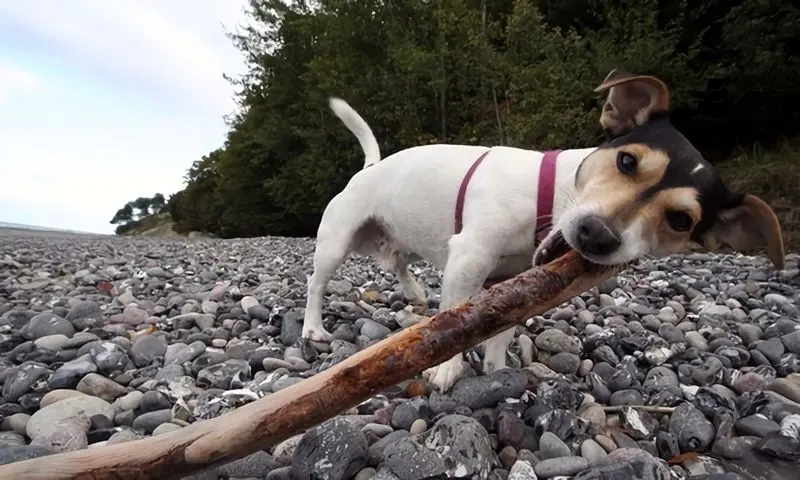 Should we stop throwing sticks for dogs?
Should we stop throwing sticks for dogs? -
 Can breathing in cat hair be harmful?
Can breathing in cat hair be harmful? -
 What does PU/PD mean in veterinary medicine?
What does PU/PD mean in veterinary medicine? -
 Bill calls for ban on sales of dogs, cats in Maine pet stores
Bill calls for ban on sales of dogs, cats in Maine pet stores -
 Common Meanings Of Cat Behavior
Common Meanings Of Cat Behavior -
 What does DVM stand for in veterinary?
What does DVM stand for in veterinary? -
 Curing Bad Cat Breath
Curing Bad Cat Breath -
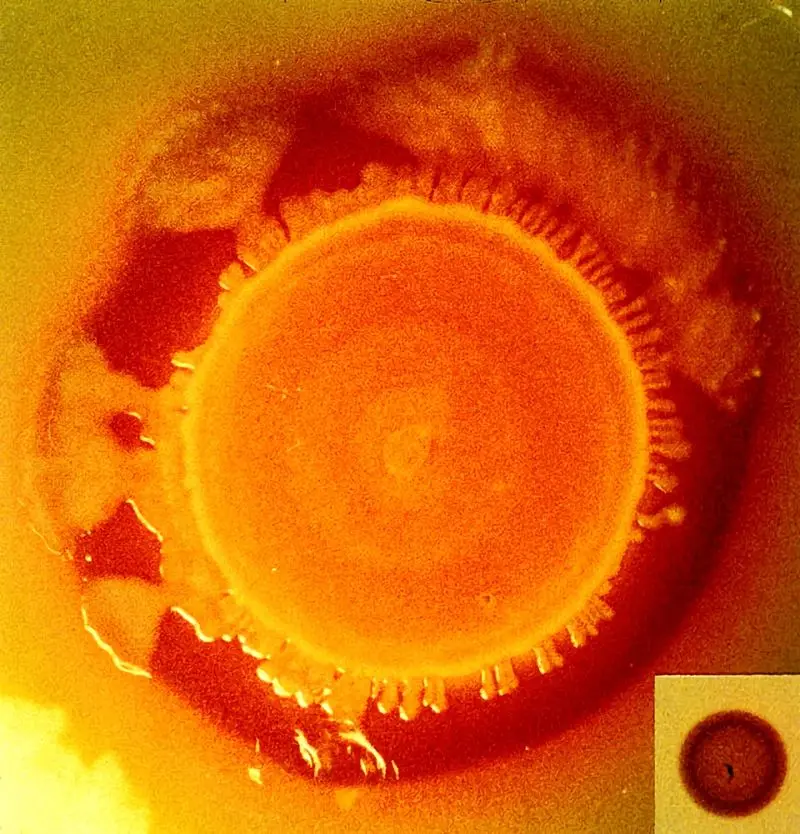 New Tracking Tool for Pathogen Investigators
New Tracking Tool for Pathogen Investigators -
Can binturongs be kept as pets?
-
 How long do instruments stay sterile after autoclaving veterinary?
How long do instruments stay sterile after autoclaving veterinary?
ISCHEMIA
IRON
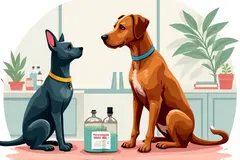 [Ango-Saxon iren or isen; Sanskrit ayas]: (1) A metallic, electroconductive element. Atomic number 26. Atomic weight 55.847. (2) Wrought iron was a common form of impure iron with a fibrous structure. It was workable cold, resisted burning, and forge welded easily. (3) Mild steel, which has replaced... ↪ Read more
[Ango-Saxon iren or isen; Sanskrit ayas]: (1) A metallic, electroconductive element. Atomic number 26. Atomic weight 55.847. (2) Wrought iron was a common form of impure iron with a fibrous structure. It was workable cold, resisted burning, and forge welded easily. (3) Mild steel, which has replaced... ↪ Read more IN VITRO
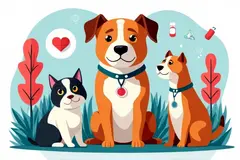 In the glass. Describes an experiment or procedure done outside of the animal's body, often in a test tube or petri dish.... ↪ Read more
In the glass. Describes an experiment or procedure done outside of the animal's body, often in a test tube or petri dish.... ↪ Read more INTERN
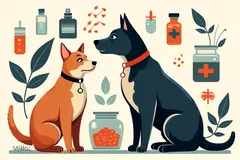 One who completes a specified academic requirement, then embarks on a formal apprenticeship. Spelled "interne" as a verb.... ↪ Read more
One who completes a specified academic requirement, then embarks on a formal apprenticeship. Spelled "interne" as a verb.... ↪ Read more INTERFERE
INTERDIGITATE
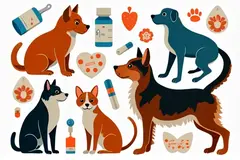 (1) To fold or lock together, as when the fingers of one hand are laced between those of the other. This term describes the manner in which the horny and sensitive laminae interlock within the hoof. (2) Specifically, collision between paired legs.... ↪ Read more
(1) To fold or lock together, as when the fingers of one hand are laced between those of the other. This term describes the manner in which the horny and sensitive laminae interlock within the hoof. (2) Specifically, collision between paired legs.... ↪ Read more IMPROVER
 Used is some European smithies to describe a farrier whose status within the trade is between that of an apprentice and a journeyman.... ↪ Read more
Used is some European smithies to describe a farrier whose status within the trade is between that of an apprentice and a journeyman.... ↪ Read more ICF
 Intern Classification Farrier. An AFA recognition for student and novice farriers. The ICF examination is similar in format to the CF exam, but has longer time limits and no forge work. Sub-passing scores on the CF exam may be accepted as part of the ICF exam. The ICF level is not considered to be... ↪ Read more
Intern Classification Farrier. An AFA recognition for student and novice farriers. The ICF examination is similar in format to the CF exam, but has longer time limits and no forge work. Sub-passing scores on the CF exam may be accepted as part of the ICF exam. The ICF level is not considered to be... ↪ Read more HYPOTHESIS
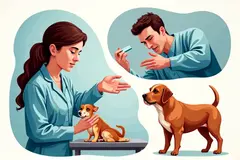 An educated guess that seems to fit the available evidence. See also: Scientific process.... ↪ Read more
An educated guess that seems to fit the available evidence. See also: Scientific process.... ↪ Read more HYPERTROPHY
HYALINE
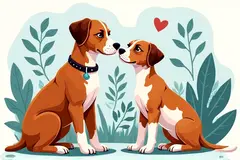 Glassy or transparent. Particularly the substance which covers the ends of bone at a joint.... ↪ Read more
Glassy or transparent. Particularly the substance which covers the ends of bone at a joint.... ↪ Read more HOT SHOEING
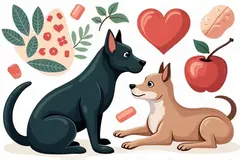 Horseshoeing with the aid of a forge. May involve fabricating the horseshoes from barstock and/or hot setting.... ↪ Read more
Horseshoeing with the aid of a forge. May involve fabricating the horseshoes from barstock and/or hot setting.... ↪ Read more Popular Diagnoses
Packed cell volume (PCV, hematocrit) Reflex ovulator Mucolytic Microfilaricide Bronchodilator Hematocrit Glucocorticoid Monoamine oxidase inhibitor (MAOI) ↪ All veterinary diagnoseOther Diagnoses
Umbilicus Urate Urinary incontinence Urinary obstruction Urinary retention USP Uveitis VaccinationPopular Veterinary Clinics
VCA Welborn Animal Hospital, 7860 Washington Avenue Kansas City, KS 66112 USA MedVet Columbus, 300 East Wilson Bridge Road, Worthington, OH Rutland Veterinary Clinic & Surgical Center, 90 East Pittsford Road, Rutland, VT VCA Paradise Valley Emergency Animal Hospital, 6969 East Shea Boulevard Suite 150 Scottsdale, AZ 85254 USA Connecticut Veterinary Center & Pet ER, 470 Oakwood Ave West Hartford, CT 06110 USA Norway Veterinary Hospital, 10 Main St P.O. Box 273 Norway, ME 04268 USA Craig Road Animal Hospital, 5051 West Craig Road, Las Vegas, NV Abri Veterinary Hospital Inc, 1449 Trademart Boulevard Winston-Salem, NC 27127 USA ↪ All veterinary clinicsOther Veterinary Clinics
43rd Ave Animal Hospital, 4426 West Cactus Road Glendale, AZ 85304 USA Adobe Veterinary Center, 8300 E. Tanque Verde Rd Tucson, AZ 85749 USA Alta Vista Veterinary Hospital, 4706 North 7th Avenue, Phoenix, AZ Animal Health Services, 37555 North Cave Creek Road, AZ Treasure Hill Pet Hospital, 1221 Breckenridge Drive Little Rock, AR 72205 USA Alameda Pet Hospital, 2275 Buena Vista Avenue Alameda, CA 94501 USA All Creatures Animal Hospital & Bird Clinic, 1380 Northcrest Drive Crescent City, CA 95531 USA All Creatures Pet Care Center, 842 North Westwood Street, Porterville, CAPopular Drugs
DOXYLAMINE SUCCINATE Doses - PENICILLIN V POTASSIUM Doses - METHYLPREDNISOLONE, METHYLPREDNISOLONE ACETATE, METHYLPREDNISOLONE SODIUM SUCCINATE ACEPROMAZINE MALEATE Doses - PREDNISOLONE, PREDNISOLONE SODIUM SUCCINATE, PREDNISOLONE ACETATE, PREDNISONE Doses - FURAZOLIDONE Doses - FERROUS SULFATE Doses - LEVAMISOLE ↪ All veterinary drugOther Drugs
Controlled 1% Iodine Teat Dip with 10% Glycerin Controlled Iodine Teat Dip Doctors Foster and Smith Controlled 1% Iodine Teat Dip Noromycin 300 LAOxytetracycline Injection 300 mg/mL 300 PRO LA (Oxytetracycline) Injection ANTIBIOTIC EQUIDONE® Gel (domperidone) Novox® Caplets (carprofen), 25 mg, 75 mg and 100 mgPopular Terms
Subalbinotic Steatis Uteroverdin Paradoxical CSF acidosis Figure of 8 suture pattern Nerve root signature Ovariohysterectomy Abrev OVH Signalment ↪ All veterinary termOther Terms
P3 Packed cell volume Abrev PCV Packed RBC?s Pain Palatability Palliative treatment Palpebrae Palpebralveterinary-help.com
© 2011-2025 Veterinary Clinics, Diagnoses, Terms and Drug Handbook Online


